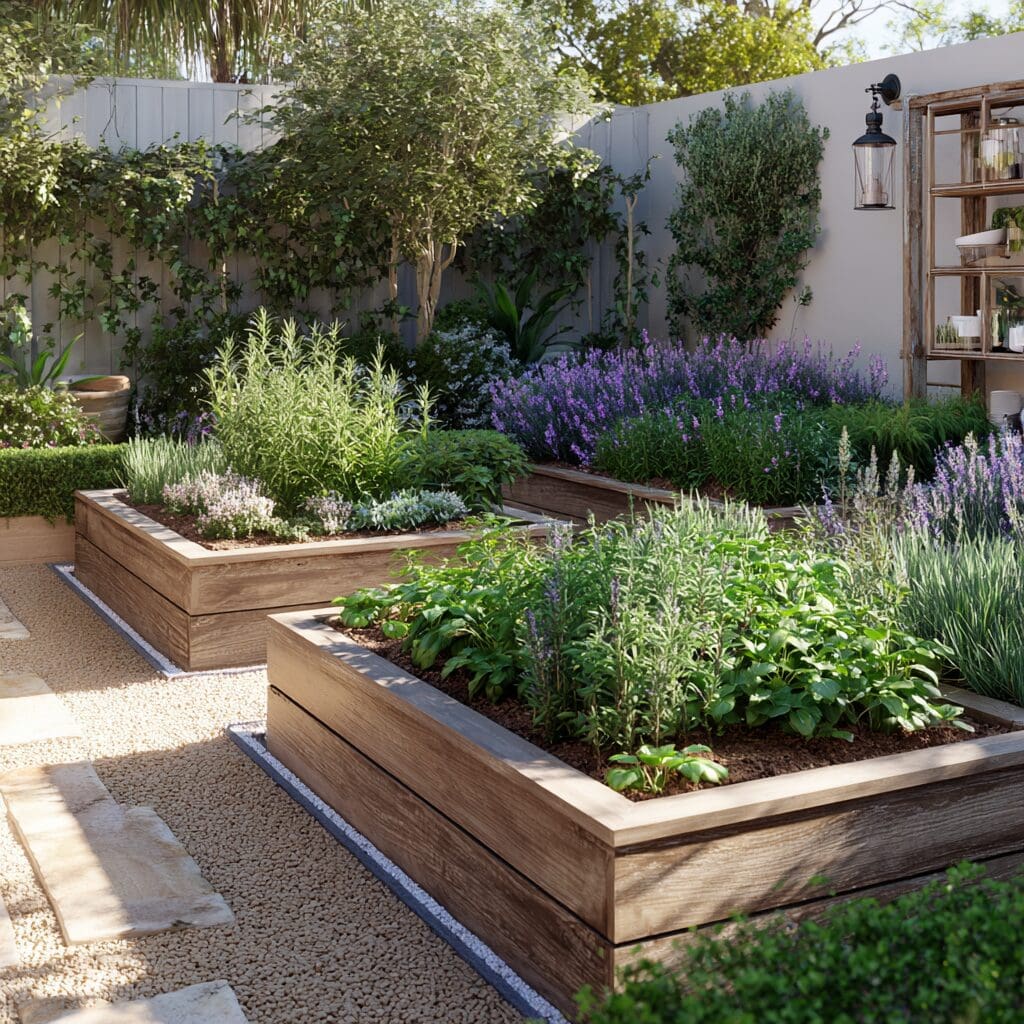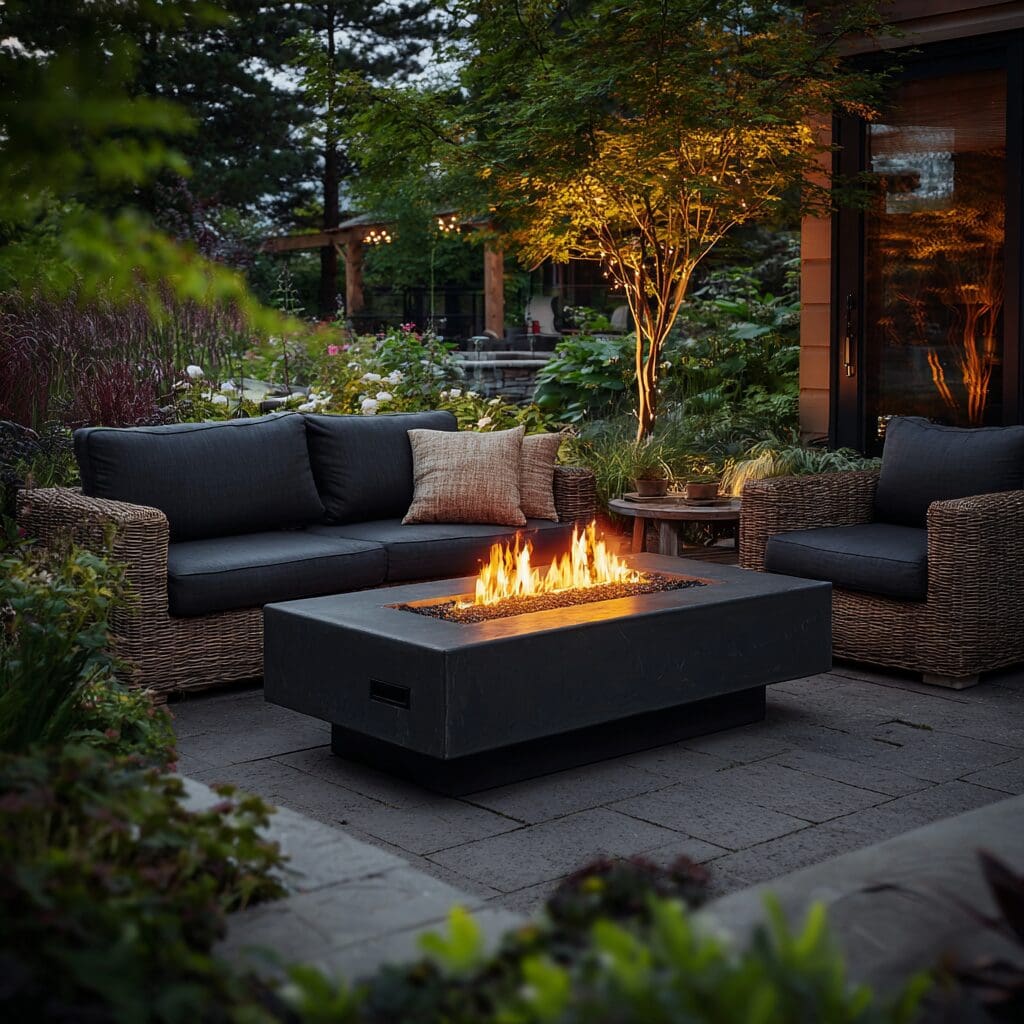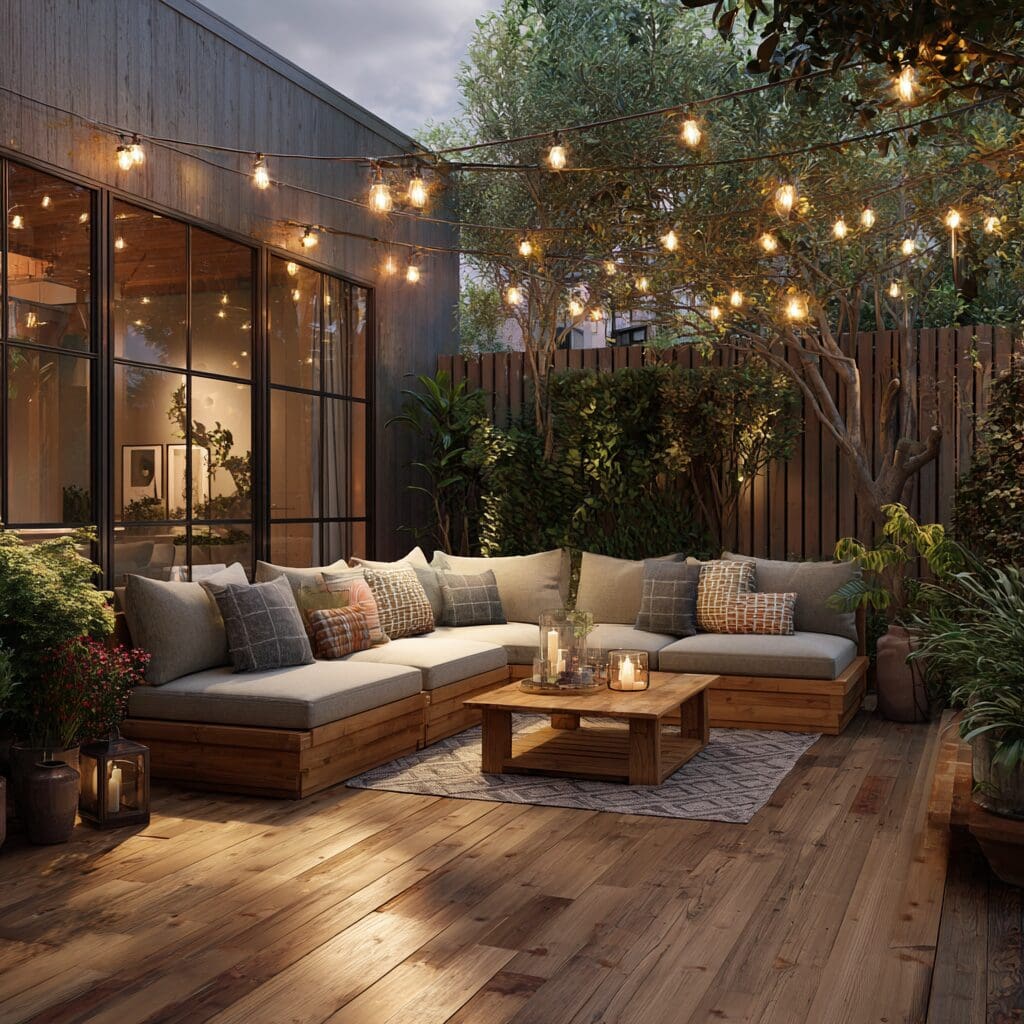When the kids have moved out and the house feels different, many empty nesters find themselves ready to reimagine not only their indoor spaces but also their outdoor areas.
Instead of swing sets and sprawling lawns that once served family life, your yard can become a personal retreat—a place that reflects your current lifestyle and is easier to maintain. These changes are not just about aesthetics—they’re about making your space truly work for you in this stage of life.
Did you know?
Thoughtful outdoor upgrades can increase property value while reducing the time you spend on maintenance.
Why Outdoor Renovations Make Sense for Empty Nesters
Your outdoor areas may hold countless memories, but they can also feel like a chore if they were designed for a different stage of life. Renovations that match your current needs allow you to keep those memories while transforming your yard into a space you actively use. By investing in thoughtful outdoor upgrades, you can:
- Reduce maintenance demands while keeping beauty and function.
- Enjoy more time outside with comfortable seating and weather-protected areas.
- Extend the usable months of your outdoor space with features like fire tables and pergolas.
- Increase your home's value through strategic improvements.
- Reconnect with nature in a way that feels personal and restorative.
For many empty nesters, these upgrades also open the door to new hobbies and social opportunities. Imagine hosting a small book club on your patio, enjoying a quiet morning coffee under a pergola, or finally creating that meditation garden you’ve dreamed about.
Designing a Cozy Patio That Works All Year
For many homeowners, the patio becomes the new hub of relaxation and entertainment. A well-designed patio feels like an extension of your home and can be enjoyed almost every day of the year with the right materials and features.
Consider durable composite decking or stone pavers that handle weather well and require little maintenance. Add comfortable seating with cushions made from weather-resistant fabrics, and layer in outdoor rugs to define areas for dining or lounging.
Lighting is also key: warm string lights, lanterns, and subtle pathway lighting create a welcoming atmosphere in the evening, helping you navigate the space safely.
Quick Tip:
Pergolas with retractable shades provide both sun protection in summer and shelter during light rain, making your patio usable in more seasons.
Want to make the most of your patio? Consider adding overhead structures such as pergolas, retractable awnings, or even louvred roof systems that can open and close depending on the weather.
Integrated ceiling fans can help with airflow during hotter months, while outdoor curtains or privacy screens offer both coziness and wind protection.
Choosing Materials That Last
Another critical factor in patio design is material selection. Materials that require constant staining or repair will quickly turn your new space into a source of stress. Opt for:
- Composite decking: Resists rot, fading, and warping.
- Stone or paver patios: Long-lasting, with a timeless appearance.
- Powder-coated aluminum or resin furniture: Durable and lightweight.
- Performance fabrics: Cushions covered in fabrics like Sunbrella resist fading and mildew.
These choices mean less time maintaining and more time enjoying.
Adding Fire Features for Warmth and Ambience
A simple way to increase how often you use your outdoor space is to add a fire feature. Fire tables, gas-powered fire bowls, or built-in fireplaces instantly add warmth and a focal point. These features create cozy gathering spots for evening conversations and allow you to enjoy your patio even during cooler Fraser Valley nights.
Gas-powered options are popular because they turn on with the flip of a switch, require minimal upkeep, and eliminate the smoke and mess associated with traditional wood-burning fires.
Strategically place your fire feature where it can be enjoyed from multiple seating areas to maximize its impact. If you prefer the nostalgic charm of wood-burning, consider installing a chiminea or a dedicated fire pit area lined with fire-rated materials for safety.
Safety Reminder:
Always check local bylaws and installation guidelines before adding a fire feature to your yard.
Creating Low-Maintenance Gardens You Can Still Enjoy
If you spent years tending to lawns and extensive flower beds, you might welcome a simpler approach. Low-maintenance gardens can be just as beautiful as traditional ones while freeing up time for hobbies and relaxation.
Focus on native plants suited to the local climate; they require less water and care while thriving throughout the year. Consider raised planters that are easier on your back and knees, and incorporate mulch or groundcover to reduce weeds.
Drip irrigation systems can automate watering, and choosing perennials means replanting becomes an occasional task rather than a seasonal overhaul.
Integrating Edible Gardens
Many empty nesters find joy in growing their own herbs or vegetables without the intensity of a full garden. Raised beds near the kitchen or container gardens on the patio allow you to pick fresh ingredients with minimal effort.
Herbs like rosemary, thyme, and chives thrive in small spaces and can be clipped as needed. Compact vegetable varieties such as dwarf tomatoes or lettuce mixes are also easy to manage and harvest.
Creating Wildlife-Friendly Spaces
Another way to find joy in your outdoor environment is to attract local wildlife in a controlled way. Install bird feeders or bird baths to enjoy morning visits from songbirds.
Plant pollinator-friendly flowers to support bees and butterflies while adding vibrant colour to your garden. These touches make your yard feel alive and purposeful.

Smart Storage and Functional Zones
Outdoor spaces also benefit from thoughtful planning. Consider adding a small shed or discreet storage bench to keep tools and cushions neatly tucked away.
If you entertain, a built-in counter or compact outdoor kitchen with a barbecue can make hosting easier. These practical upgrades ensure your yard stays organized and inviting with minimal effort.
Divide your yard into zones for different purposes: one for cooking and dining, another for lounging, and perhaps a smaller area for hobbies like potting plants or painting. Using planters, trellises, or low walls to separate these spaces creates visual interest and a sense of order.
Pro Tip:
Labeling storage areas and using weatherproof containers can save time when you’re setting up for guests or packing away garden tools.
Accessibility and Future-Proofing Outdoors
As you reimagine your outdoor areas, consider how they might serve you in years to come. Wide, level pathways reduce tripping hazards and are easier to navigate. Non-slip surfaces on decks and patios add safety during rainy weather. Raised planters and vertical gardens can reduce bending and lifting. Adding railings or grab bars near steps and sloped areas offers peace of mind without detracting from design.
Smart lighting with motion sensors or timers not only improves security but also makes evening use more enjoyable. Solar-powered lights can reduce wiring needs and are energy-efficient. These upgrades are small steps that make a big difference in long-term enjoyment.
Tips for Getting Started on Your Outdoor Transformation
If you’re thinking about upgrading your outdoor space, begin with a simple brainstorming session. Walk through your yard at different times of the day and take notes on what you enjoy and what feels underused or high‑maintenance. Make a list of priorities such as seating, shade, or reduced watering needs. From there, sketch out zones for various functions, such as relaxing, entertaining, or gardening.
Next, gather inspiration from design magazines, online galleries, or even local gardens you admire. Look for recurring themes—do you lean toward natural stone and muted tones, or vibrant flowers and bold furniture? These details will guide your choices and help you communicate your vision to a designer or contractor.
Finally, consult with professionals or experienced gardeners who can suggest materials, layouts, and features that fit your budget while ensuring the result is safe, durable, and easy to care for. A thoughtful plan now means years of enjoyment later.

Final Thoughts
Your yard can be more than just a patch of grass. With cozy patios, inviting fire features, and low-maintenance gardens, you can create an outdoor space that supports your new lifestyle and continues to add joy for years to come. Embrace this chapter of life with upgrades that honour your memories while opening doors to new experiences.
FAQs
What are the best low-maintenance plants for Fraser Valley gardens?
Native species, such as salal, evergreen huckleberry, lavender, and ornamental grasses, thrive in our climate, require less watering, and are naturally pest-resistant.
Can a fire feature be installed on an existing deck?
Yes, but it’s important to choose a model approved for deck use and ensure proper heat shielding. A professional can guide you to safe options and help with permits if required.
How can I make my patio comfortable in cooler months?
Combine a fire feature with outdoor heaters, cozy blankets, and windbreak elements like pergolas, retractable screens, or privacy panels to enjoy your patio year-round.
Do low-maintenance gardens still look attractive year-round?
Absolutely. With a mix of evergreen shrubs, flowering perennials, and seasonal container plants, your garden can look lively even in the winter.
How long does an outdoor renovation project typically take?
Most patio and garden upgrades take 2–6 weeks, depending on scope, weather conditions, and material availability. Larger projects, such as those with pergolas, outdoor kitchens, or hardscaping, may take longer, but a detailed timeline will help set clear expectations.

